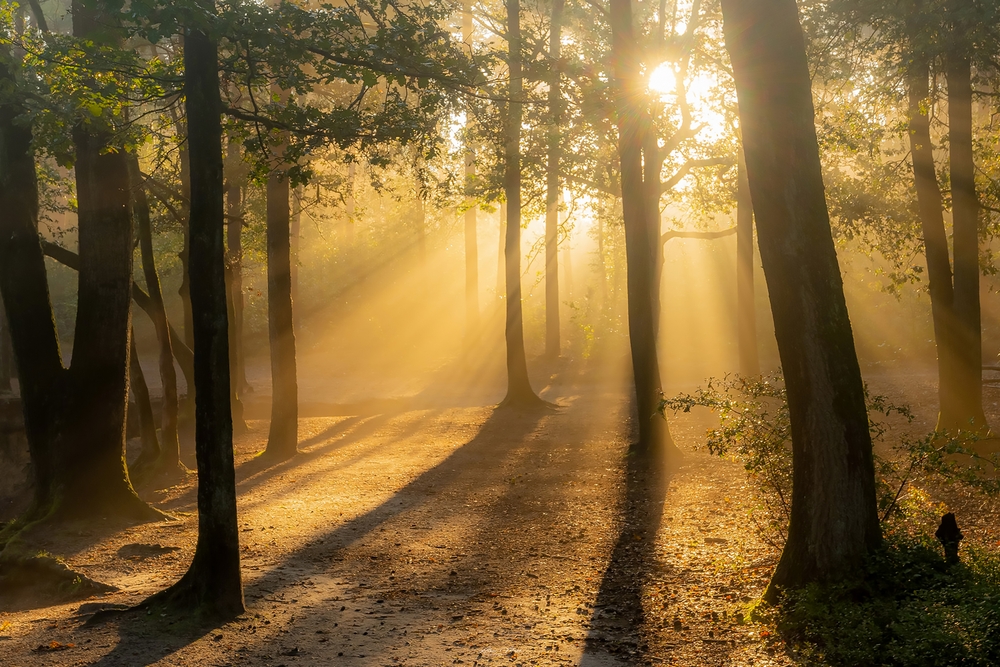Montaña de Comayagua Overview
Montaña de Comayagua National Park, known locally as Parque Nacional Montaña de Comayagua, is located in central Honduras, covering approximately 118 square miles (305 square kilometers).
This protected area encompasses the mountainous terrain of the Comayagua Mountain Range, with its highest peak reaching around 7,300 feet (2,225 meters). The park is characterized by lush cloud forests, dense pine-oak woodlands, and a variety of cascading waterfalls, including the well-known Chorros de la Calera.
The vegetation is rich and diverse, featuring towering mahogany, ceiba, and liquidambar trees, alongside vibrant orchids and bromeliads that thrive in the humid environment. Rivers and streams crisscross the landscape, feeding into major watersheds that supply fresh water to the region.
Wildlife in the park is abundant, making it an essential refuge for many species. Among the mammals found here are jaguars, ocelots, white-tailed deer, and howler monkeys, while smaller creatures like armadillos and agoutis roam the undergrowth. The bird population is especially notable, with species such as the resplendent quetzal, keel-billed toucan, and emerald toucanet attracting birdwatchers from around the world.
Hummingbirds dart among the flowers, and raptors like hawks and eagles soar over the forested peaks. Reptiles, including iguanas and a variety of snakes, also inhabit the park, alongside amphibians like colorful poison dart frogs that thrive in the moist, shaded areas.
Visitors to Montaña de Comayagua National Park are drawn to its natural beauty and numerous recreational opportunities. Hiking trails lead through misty cloud forests to breathtaking viewpoints, with one of the most popular routes taking visitors to the summit of El Portillo, the park’s highest peak.
Waterfalls such as Chorros de la Calera offer picturesque spots for swimming and photography, while river tubing and canyoning provide thrilling experiences for adventure seekers. The park is also known for its hidden caves, some of which hold ancient petroglyphs left by indigenous peoples. Birdwatching is a major activity, with the park’s varied elevations supporting an impressive diversity of avian life.
Conservation efforts have played a critical role in preserving Montaña de Comayagua National Park. Reforestation projects and anti-deforestation measures have been implemented to counter illegal logging, which has historically threatened the park’s ecosystems.
Community engagement programs encourage sustainable tourism, ensuring that locals benefit from the park’s protection while promoting conservation awareness. The park’s water sources are vital to nearby communities, adding to the importance of maintaining its ecological health. Challenges such as poaching and land encroachment remain, but ongoing conservation initiatives continue to strengthen protection efforts.
Montaña de Comayagua National Park is a haven of biodiversity, offering visitors a chance to explore cloud forests, waterfalls, and rich wildlife. With hiking, birdwatching, and adventure sports, it provides an immersive experience in Honduras’ natural beauty while conservation efforts help protect its vital ecosystems.
Park Map
Montaña de Comayagua National Park Highlights
Share your clicks with us
Related National Parks More Honduras

Capiro Calentura National Park

Celaque National Park

Montaña de Botaderos Carlos Escaleras Mejía National Park

La Tigra National Park

La Muralla National Park

Jeannette Kawas National Park

Cusuco National Park

Congolón, Piedra Parada, and Coyocutena National Park

Cerro Azul de Copan National Park










































































